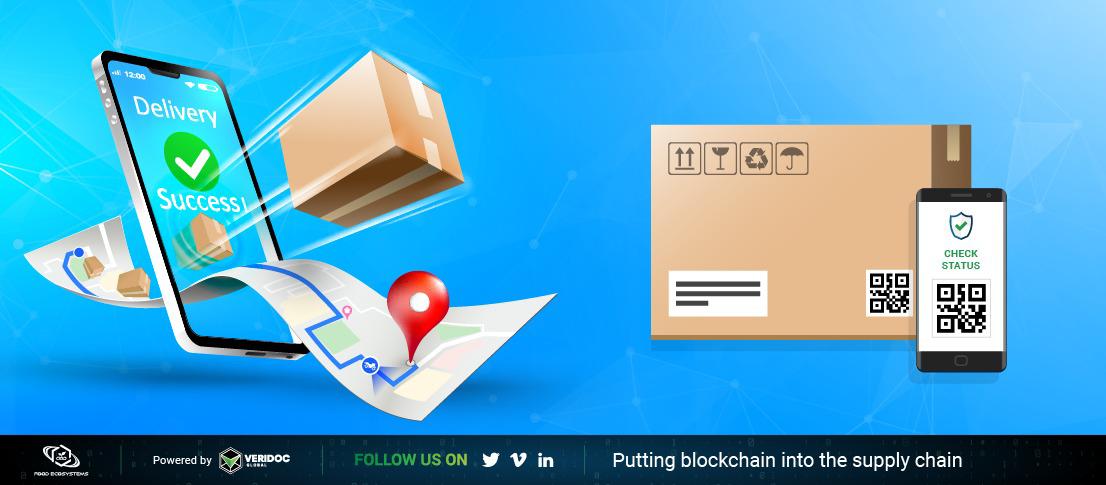4-Ways to Benefit from a Food Ecosystem with Blockchain
26 Apr 2024

Transforming your industry from the traditional way things have always been done, and moving your business into the modern era can seem daunting at first. On a certain level, the status quo's lack of risk can almost seem more appealing than the risk of failure.
But food supply chains that worked before won't work with the increase in population and demand for information that a community fed through the internet demands.
So we need a new normal, and blockchain offers that, and while at first people may tilt their heads and exclaim confusion at this, blockchain isn't as complicated as it may seem. Blockchain integrates with your current systems and improves them, providing better data with transparency, security, and reliability.
Trace Food Production:
Blockchain provides the food ecosystem with an efficient method of securely tracing the origin of food products and allows for perspective and insight into details about interactions and purchases within every supply chain level. Whereas traditional supply chains are insular and lack insight, blockchain analytics can improve structures, limit extraneous spendings, and produce a consistently high-quality level.
By tracing products on each level of the chain securely, the risk of sub-par quality products or replacements is reduced, lowering the risk of problems such as not meeting standards, food poisoning, and the Human Resource (HR) impact of mistakes.
Improve Security with Blockchain Security:
Information stored on a blockchain is encrypted and ensures that relevant participants can see when information is modified without permission. Each block of data links to the previous unit, connecting the information and making it incredibly difficult to tamper with.
A major benefit of switching to blockchain within the food ecosystem is the simplified communication between areas of the chain, helping to reduce counterfeit products.
The major benefits of this include improved authenticity, transparency, and accountability.
Value of Blockchain:
A lot of the value from a blockchain software solution for the food industry comes from the saved time and money for previously time-consuming and unreliable processes and the transparency afforded by having a distributed database with perpetual security.
The end-user can trace the product back to the paddock the raw ingredients were grown, reassuring them it was produced ethically, to standard, with or without genetic modification, organic, and more.
This means the product can be followed all the way from delivery to their hands.
Businesses benefit from this by gaining trust and the addition of unique selling points. This process allows, like origins (Made in Australia), process (organic), or ethics (Dolphin safe) to be truly trusted.
Genuine Information within the Blockchain Food Safety Supply Chain:
Quick Response codes (QR) authenticate documentation and raise the confidence level in data within businesses and consumers alike. QR code information stored on blockchain creates a detailed track within the food blockchain ecosystem from the initial production, manufacturing, andonto consumers.
Compared to traditional supply chains, companies using blockchain as part of their system improve efficiency, save money, reduce the risk of fraud and counterfeit products, and speed up the process from start to finish.
We've looked at how blockchain allows the food supply chain to trace the production line from start to finish with improved security and trust.
The value of a blockchain extends beyond the supply chain, storing reliable information and improving communication along the entire supply chain, and when you think of it like that, it's clear it's the way of the future.